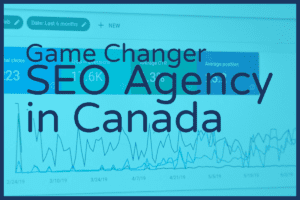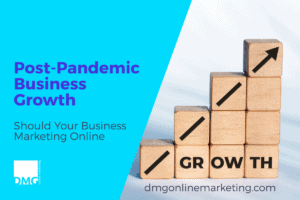Much of your strategic marketing process will focus on moving potential leads through your sales funnel. Potential clients enter the funnel and you channel the promising leads every step of the way to the final decision you hope they make. It’s a step by step process with you directing the prospect the whole way.
Defining these steps and filling gaps in the process will make your marketing much more effective in the long run. A sales funnel breaks down into four key areas: awareness, interest, desire and action.
Sales Funnel – Four Key Areas
Awareness
A potential lead enters your sale funnel the moment a lead becomes aware of you as a brand with the potential to provide a useful service or product. The awareness stage is when you capture the largest pool of potential clients as well.
You can bring awareness of your brand and services to clients through several marketing channels including:
- Social media channels like Facebook, Twitter and LinkedIn;
- A quality blog on your website offering information your prospects need;
- Pay per click ads;
- And organic traffic to your websites from search engines.
These channels should drive prospects to landing pages where you provide the opportunity for leads to make the next important decision, expressing an interest.
Interest
At this stage, a prospect knows who you are and has now expressed an interest in learning more. Through a landing page, you capture information about your lead and in return, provide something useful like a white paper, ebook, email newsletter or free demonstration.
The interest stage is an important phase because it is where you begin to build a relationship and develop trust between your brand and your prospect. It’s vitally important that you provide something of value to the prospect at this stage.
A solid product or valuable information will help keep a prospect interested. A “throw away” freebie will turn prospects off and make it clear you just want their money, not their trust.
[cp_modal display=”inline” id=”cp_id_e0f01″][/cp_modal]
Desire
After interest comes desire. At this stage, you show prospects how you can provide innovative solutions to help their business grow or solve a key problem they face. At this stage, you want to position yourself in relation to your competition and show prospects how you differ from others in your industry.
Use caution at this stage. Many people can see the end at this point and want to convert a lead to a sale. Skipping this step, though, could put pressure on a prospect too early and drive a quality lead away.
Continue to build a relationship by demonstrating the value you have for the prospect. Continue to fill your sales funnel with the benefits of marketing.
Action
Moving from awareness to interest and from interest to desire will ultimately lead to action. Now is the time to make a pitch and forward a proposal for consideration.
You have already made yourself known so a prospect understands what you can provide. You have piqued interest by providing high-quality information. You have cultivated desire by showing how your solutions can address a prospect’s unique needs. Now, it’s time to move a prospect to action by delivering a compelling proposal.
Understanding each step in your sales funnel will lead more prospects to make that final decision and move to action. As you assess your funnel, look for gaps where the process breaks down and fill those gaps with purposeful actions on your end.



